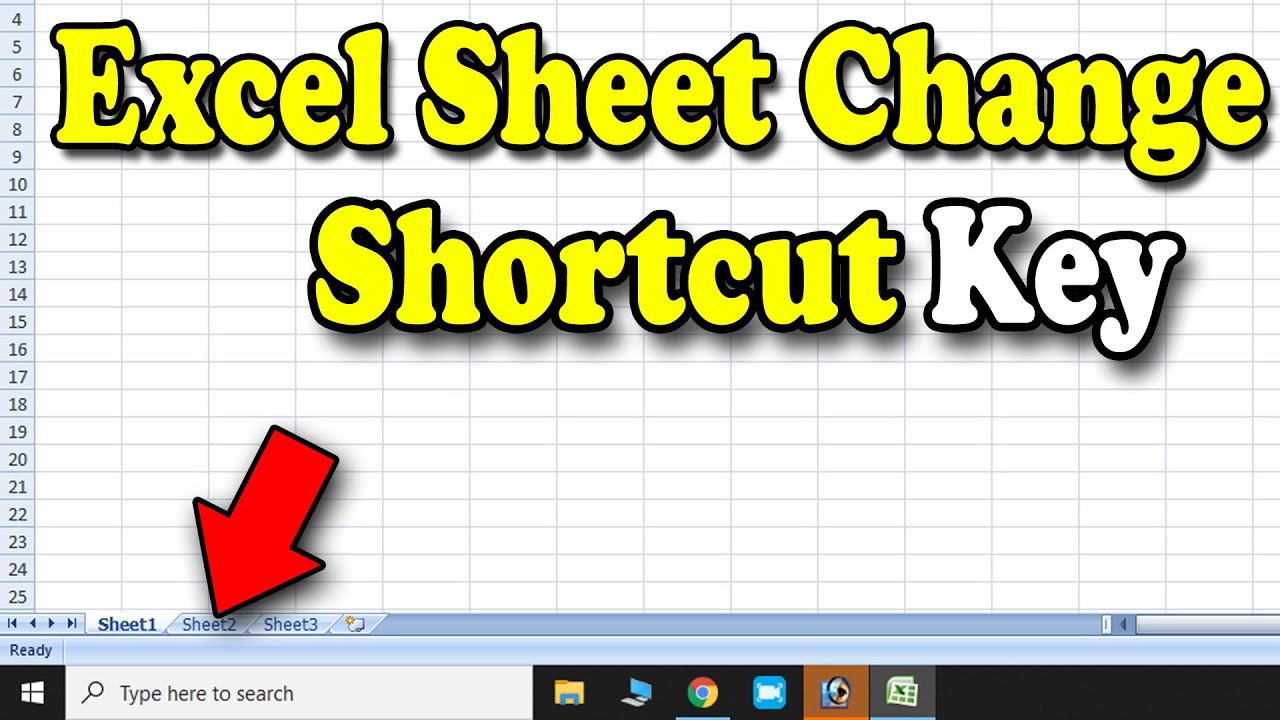5 Easy Ways to Rename Excel 2010 Sheets with Toolbar

When it comes to organizing your work in Microsoft Excel 2010, the ability to quickly rename your sheets is an essential skill. The process of renaming a worksheet can seem straightforward, but many users struggle with finding the quickest ways to do this. In this detailed guide, we'll explore five user-friendly methods to rename your Excel sheets using the Excel 2010 toolbar, ensuring you can manage your spreadsheets with ease and efficiency.
Method 1: Using the Sheet Tab

One of the most intuitive ways to rename a sheet is directly from the sheet tab:
- Locate the tab of the sheet you wish to rename at the bottom of the Excel window.
- Right-click on the sheet tab.
- From the context menu, select 'Rename.'
- Type the new name for your sheet and hit Enter.
Method 2: Keyboard Shortcut

If you're adept at using keyboard shortcuts, this method will be the quickest for you:
- Click on the sheet tab you want to rename.
- Press Alt + O, then H, and then R one after the other quickly. This will open the rename dialog box.
- Type the new name and press Enter.
Method 3: Using the Ribbon

The Ribbon in Excel 2010 provides a visual and user-friendly interface for renaming sheets:
- Select the sheet you want to rename.
- Go to the Home tab on the Ribbon.
- Click on Format in the Cells group.
- Under the Organize Sheets submenu, click Rename Sheet.
- Enter the new name and press Enter.
Method 4: Quick Access Toolbar

The Quick Access Toolbar (QAT) is customizable, allowing you to streamline your workflow:
- Right-click anywhere on the Ribbon and choose Customize Quick Access Toolbar.
- In the 'Choose commands from' dropdown, select All Commands.
- Scroll down to find Rename Sheet, select it, and then click Add.
- After customizing, you can rename any sheet by selecting it, clicking the QAT 'Rename Sheet' button, and typing the new name.
Method 5: Using VBA

For users familiar with Excel's VBA (Visual Basic for Applications), this method provides an automated solution:
- Open the VBA editor by pressing Alt + F11.
- Insert a new module by right-clicking on any of the objects in Project Explorer, selecting Insert > Module.
- Paste the following code into the module window:
Sub RenameSheets()
Dim ws As Worksheet
For Each ws In ActiveWorkbook.Worksheets
ws.Name = "Sheet " & ws.Index
Next ws
End Sub⚠️ Note: Be cautious with the VBA method as it will rename all sheets at once. Always back up your work before running macros.
These five methods offer different approaches for renaming sheets in Excel 2010, catering to various user preferences and needs. From the simplicity of using the sheet tab to the efficiency of keyboard shortcuts, or even automating the process with VBA, Excel provides multiple avenues for keeping your sheets well-organized. Incorporating these practices into your daily Excel tasks can save you time and reduce errors, enhancing your overall productivity with spreadsheets.
FAQs

How can I rename multiple sheets at once?

+
Excel 2010 does not support renaming multiple sheets simultaneously through the user interface. However, you can achieve this using VBA, as demonstrated in Method 5. Remember to back up your workbook before running any macros.
Is there a limit to the length of a sheet name?

+
The maximum length for a sheet name in Excel 2010 is 31 characters. If you exceed this, Excel will truncate the name without warning.
Can I use special characters when renaming a sheet?

+
You can use most characters in sheet names, but you must avoid the following: : \ / * ? [ ] to ensure compatibility and to prevent issues when referencing sheets in formulas.
Understanding these various methods of renaming sheets in Excel 2010 empowers you to maintain a clean and organized workbook, which is crucial for effective data management. Whether you’re a novice or an advanced user, these techniques streamline your Excel experience, allowing you to focus more on data analysis and less on the technicalities of the software.